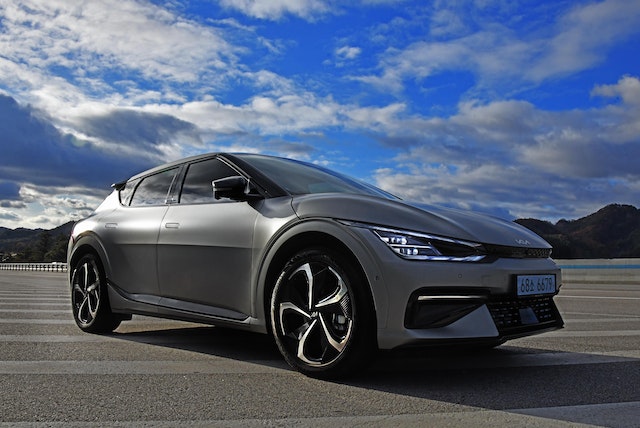The ability to drive your EV to the next charging station or complete your daily commute on a single charge depends a lot on the range. That’s because electric vehicles can barely travel on average half the distance of conventional cars before they require a recharge, and this makes people unsure about buying an EV. In fact, a survey by EY found that 33% percent of new car buyers are hesitant to purchase electric vehicles because of range anxiety, according to Visual Capitalist. Not to mention, electric car chargers are less ubiquitous than gas pumps.
Typically, when a gas-fueled car runs out of fuel, you pull over at a gas station, refuel, and continue with your journey. Driving an EV isn’t as simple in this area when the battery power depletes. Besides finding a charging station, you’ll have to wait for the battery to charge. So, if you’re planning to go on a road trip in an EV, it’s wise to choose a long-range model. Keep reading to understand more about the range in electric vehicles.
What is EV Range?
The range translates to the distance or number of miles an electric car can travel on a fully charged battery or single charge. The first generation of electric cars had a lower range, meaning they could only travel a few miles on a full battery. Data on Visual Capitalist reveals that battery-powered EVs in 2017 traveled for 151 miles or 253 km only on a single charge. With advances in electric motor and battery technologies, today’s electric cars have more range, with the average EV traveling 217 miles (349 km) per single charge.
It’s also worth noting range determines the cost of electric cars. Currently, the cost of EVs with a long range is high compared to gas-powered vehicles. For example, the median cost of EVs per mile of range in 2021 was $214, a 50% decline from $554 in 2012.
Factors Affecting Range in EVs
Apart from car designs, there are several aspects affecting range in EVs. This includes wind, tire traction, speed, battery degradation, and cold weather. For example, driving an EV at a speed of 65 mph reduces the efficiency of electric motors in your vehicle. This means increased driving speed reduces the range in your electric vehicle.
The good news is there are effective methods for maximizing the range of electric cars. When driving an EV, make it a habit to accelerate gradually and make gentle stops to maximize efficiency. Also, apply the 80/20 rule when charging your battery. Never let your electric car battery deplete and don’t charge it past 80% to increase its life cycle and increase range.
How Much Range is Enough?
Purchasing an electric car that provides adequate range can make your driving experience enjoyable and emission-free. But how much EV range is enough for your transportation needs? Remember, long-range electric cars come at a high cost and fall under luxury models.
To ensure you purchase an EV that offers enough range at affordable costs, you need to consider your travel habits. For example, if you work from home, it means you don’t travel daily or have short commutes around town. So, you can settle for an EV with a shorter range and affordable sticker price.
The range is the single most important consideration when buying an electric vehicle because it determines how far you can drive per single charge. Note that the amount of range you need in an EV depends a lot on your transportation needs. Plus, various factors affect range, such as speed, tire traction, wind, and cold weather.










